Stainless steel is a vital material for many industries around the world. Despite the fact that such materials were created more than 100 years ago, since the beginning of the 21st century, the use of stainless steels in industry has significantly expanded.
The consumption of environmentally friendly stainless steel is growing
Paying more attention to environmental well-being, engineering companies around the world are increasingly using stainless steels for their products.
International Association Zero (zwia.org ) works to promote responsible production, consumption, reuse and recovery of products, packaging and other materials. This includes recycling methods that do not release additional gases or toxins into the ground, water or air, which threatens the environment or human health.
ZWIA and the International Stainless Steel Forum (ISSF) they stated that the choice of stainless steel for the manufacture of products ensures a high level of responsibility of production: extremely low inventory life cycle stocks, close to zero maintenance costs over a long service life, as well as the possibility of repeated use of products without loss of quality or integrity.
The corrosion-resistant properties of stainless steel allow it to be used in various environments and products of general engineering, aerospace, medical, oil and gas and marine industries.
These versatile and eco-friendly qualities are one of the main reasons why stainless steel production continues to grow. According to ISSF, in the first quarter of 2021, stainless steel production increased by 24.7% to 14.5 million tons.
DID YOU KNOW?
Invented in 1913, stainless steel with anticorrosive properties is ideal for use in a wide variety of environments and components. The main alloying element of stainless steel is chromium, which forms an ultra-thin oxide film on the surface.
Corrosion and oxidation resistance increases with increasing chromium content. Other alloying elements, such as nickel and molybdenum, can be added to change the structure, increase corrosion resistance and increase the strength of materials. The versatility of such materials is confirmed by the fact that there are more than 150 different grades of stainless steel.
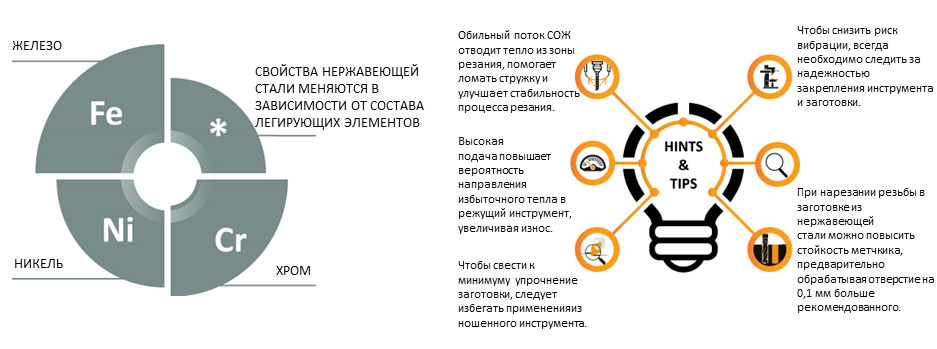
WHICH TOOL SHOULD I USE?
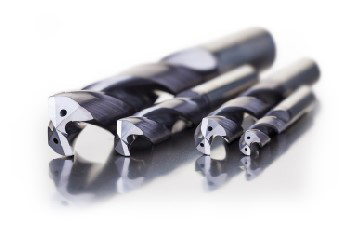 |
Force MThe range of Force M carbide drills is specially designed for processing stainless steel. Dormer drills provide a high level of productivity when using various machine tools and processing conditions in various industries. |
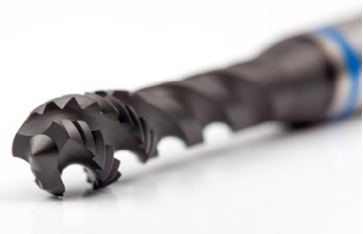 |
Blue SharkTags Blue Shark allows you to process threads in blanks made of various stainless steels. Taps are available with Steam Temperature or Super-B coatings (a hard coating that prevents chip sticking) with special preparation of cutting edges to increase tool durability even when working with the most difficult-to-process material.
|
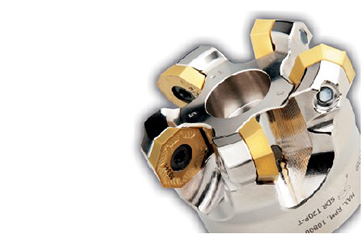 |
S45OE milling cutters with OEHT platesAn assortment of economical end mills with double positive geometry, 45° angle in plan and octahedral plates for processing stainless steel workpieces with a cutting depth of 4...10 mm. The cutters are suitable for use even on machines with limited power. The geometry of the tool allows you to get high processing performance with low loads. |
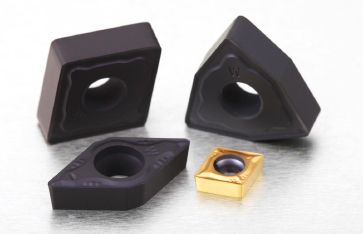 |
Turning plates with NMR geometryOur range of stainless steel turning plates includes NMR geometry, which provides reliable turning with a large cutting depth for roughing and semi-finishing operations. NMR is an addition to the range of double-sided stainless steel turning plates, which also includes NM geometries for semi-finishing turning and NF for finishing turning. |

